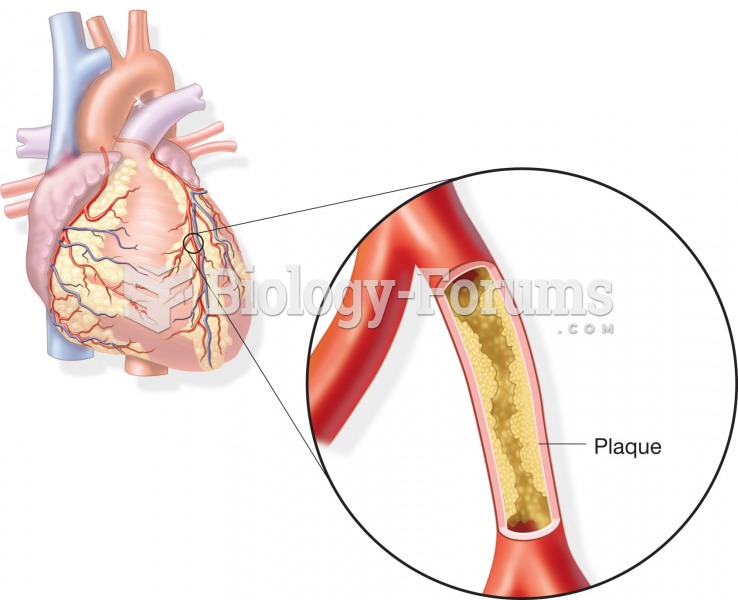Answer to Question 1
ANS: A
Risk factor reduction is step-by-step improvement of individual health factors. These combined improvements lower the likelihood of developing a disease. Maslow considered self-actualization the highest level of optimal functioning and involves the integration of cognition, consciousness, and physiologic utility in a single entity. In later years, Maslow described a level above self-actualization called self-transcendence. He refers to self-transcendence as a peak experience, in which analysis of reality or thought changes a person's view of the world and his/her position in the greater structure of life. Health promotion is behavior motivated by the desire to increase well-being (as opposed to preventing illness) and optimize health status.
Answer to Question 2
ANS: D
Primary prevention is instituted before disease becomes established by removing the causes or increasing resistance. Examples include the use of seatbelts and airbags in automobiles, helmet use when riding bicycles or motorcycles, and the occupational use of mechanical devices when lifting heavy objects. Secondary prevention is undertaken in cases of latent (hidden) disease. Although the patient may be asymptomatic, the disease process can be detected by medical tests. Nurses may use screening tests to assess for latent disease in vulnerable populations. Examples of screening tests used as secondary prevention strategies include the purified protein derivative (PPD) skin test for tuberculosis, fecal occult blood test for colorectal cancer, and mammograms for breast cancer. Tertiary prevention, also known as the treatment or rehabilitation stage of preventive care, is implemented when a condition or illness is permanent and irreversible. The aim of care is to reduce the number and impact of complications and disabilities resulting from a disease or medical condition. Interventions are intended to reduce suffering caused by poor health and assist the patients in adjusting to incurable conditions. Nursing care is focused on rehabilitation efforts in the tertiary stage of prevention. Holistic care is an approach to applying healing therapies. Nurses participate in holistic care through the use of natural healing remedies and complementary interventions. These include the use of art and guided imagery, therapeutic touch, music therapy, relaxation techniques, and reminiscence.



![The mandrill (Mandrillus sphinx) is a primate of the Old World monkey (Cercopithecidae) family,[3] c](https://biology-forums.com/gallery/47/medium_12359_08_06_12_5_05_05.jpeg)



